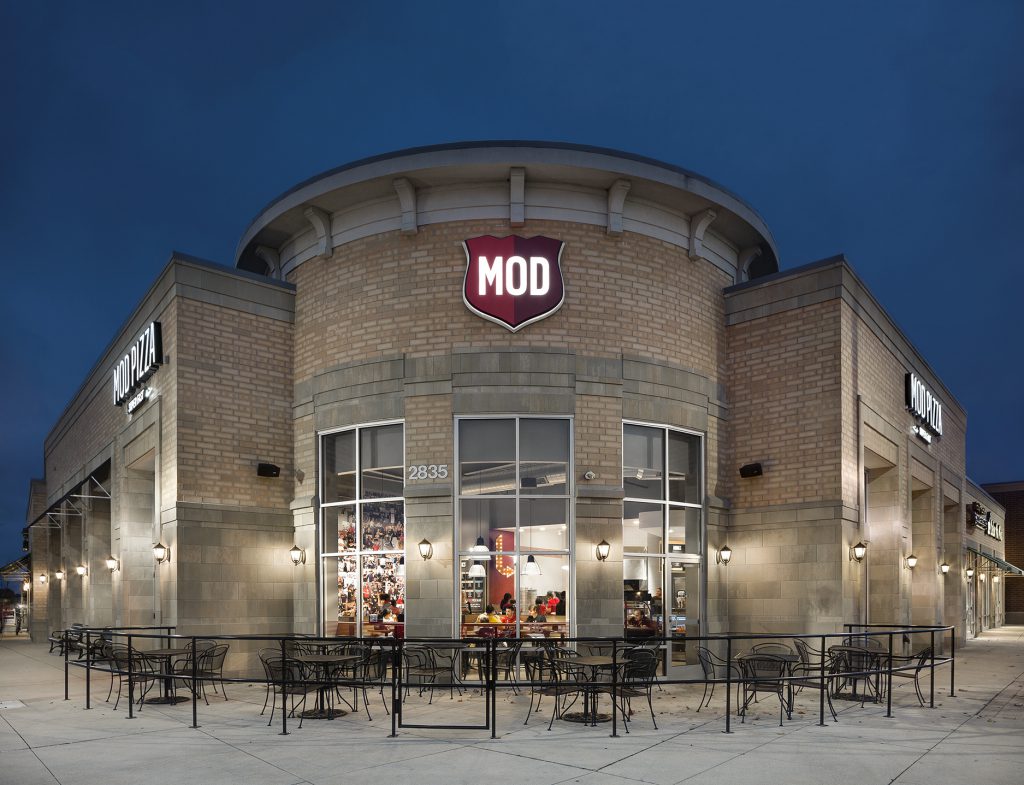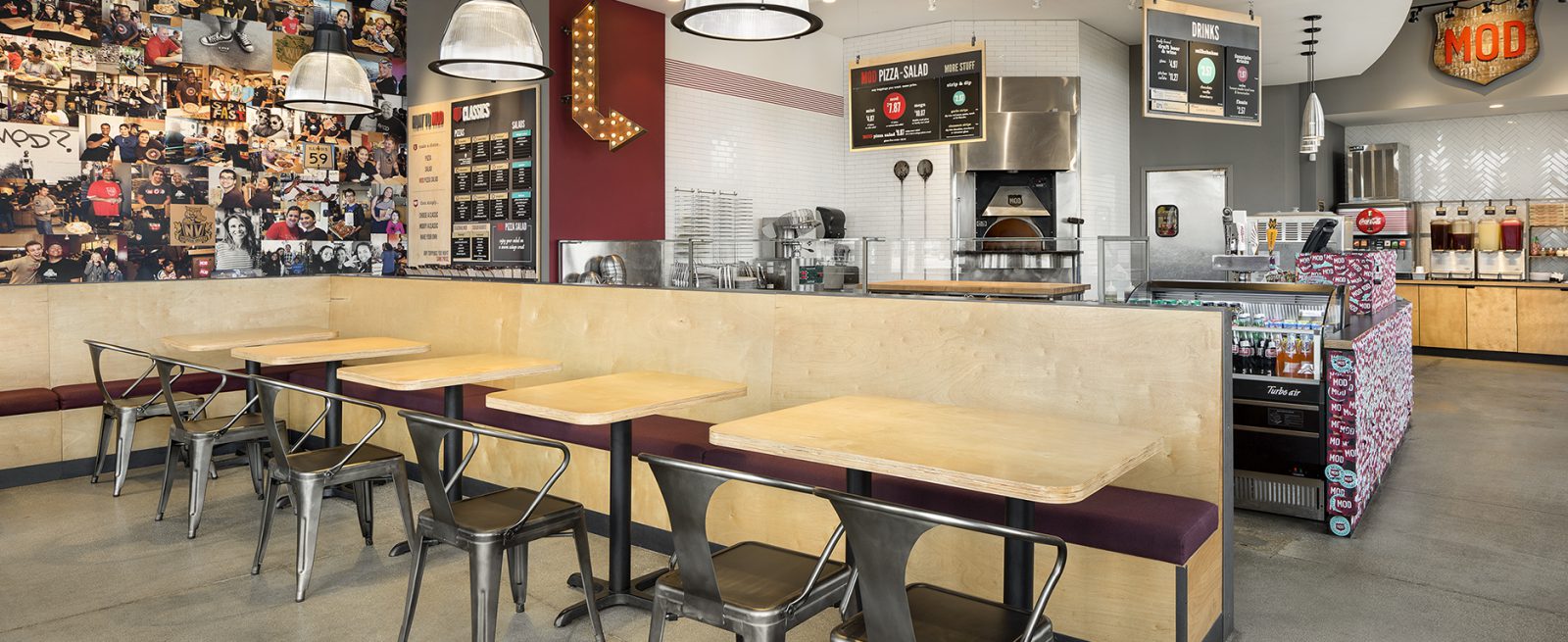Building Better Franchise Relationships and Better Buildings
4 Min Read By Shane Kavanagh
When a franchisee joins a corporation, each partner has a goal in mind. Both sides, of course, are looking to build a successful enterprise. But the very first project – building and designing the franchisee’s facility – can sometimes set the partnership off to a rocky start. Ideas of what success means and how to get there often differ. As with any new relationship, compromises must be made.
Choosing the right architecture, design and engineering teams can be critical in maintaining the right balance between franchisee and franchiser expectations, ensuring that both the brand and bottom line are respected. Here are four considerations you should take in order to create a thriving space and maintain a harmonious relationship throughout the building process.
Add an Unbiased Third Wheel
When designing a new franchise facility, balancing the values of the corporate office with the needs of the franchisee can be a challenge. Enlisting an experienced design firm to work on the project is a first step toward achieving this balance.
Experienced design teams can also utilize their experience to find cost effective ways to maintain the brand.
The right architecture and design team can advocate for both sides, look at the larger picture impartially, and provide feedback that will keep the process moving. Veteran design firms can also be crucial in the all-important drive for speed to market. Drawing upon their real-world experience and knowledge of local markets, they can quickly develop solutions that are compliant with both franchise outlet standards and jurisdictional requirements that must be met before opening. If a franchisee-lead design process hits a wall, an experienced firm can also step into the middle of a project to fix the issue on behalf of the franchiser.
An experienced, professional firm can also recommend trusted contractors and vendors it has worked with in the past, and shepherd those relationships with new franchisees and off-location corporate team members. This is especially important when growth plans bring franchisees into new markets where their previous partners may not be licensed.
Values are Valuable
It’s important that each partner understand and have respect for the priorities of the other. The company and the franchisee will hold certain values in common, such as the importance of customer service. Other aims that are important to the company – brand consistency, for instance – may be less so to a franchisee focused on controlling costs. The key is flexibility. The right design partner can help by establishing building plans and brand standards that are compelling and consistent, but adaptable at tiered investment levels.
Experienced design teams can also utilize their experience to find cost effective ways to maintain the brand. For example, a design firm’s knowledge of materials and finishes will allow them to introduce tactile resources that meet the franchisees’ need for durability and the brand’s standards for design continuity. They also understand that each franchisee location is different and can utilize creative, affordable solutions to translate the brand within any given footprint.
Education is Key
An experienced design team can take on the role of teacher when working with a new franchisee. Novice franchisees may not understand what is involved in building a new space, or they may have ideas that do not coincide with the corporate brand. At the same time, the corporate team may not be familiar with their new franchisee’s ideas or limitations. Educating each side is crucial and, as the liaison, the design firm can see and understand both sides.

One key element that requires education on all sides is the permitting process. Nothing can hold up a project more than an obstacle in obtaining the necessary permits. A new franchisee may not understand the process and may not factor in permitting time. The corporate office, while well-versed on permitting as a whole, may not understand if a specific site requires additional engineering documentation or warrants a permit delay. It benefits no one to be surprised by permitting issues, so constant, proactive communication is a priority.
Educating the teams on the importance of site surveys is also critical. Insisting on this key procedure can ensure the right information is conveyed to architecture, engineering and design teams in advance. Due diligence with appropriate code officials can mitigate extensive delays and additional fees in the documentation process.
Flexibility, With Limits
No matter the building project and its specific exigencies or constraints, the brand must come through loud and clear. Most franchise organizations have spent years developing their brands into strong presences that resonate with consumers. These companies will want to hold control over their brand experience across all of its properties. Understanding both the corporate need for consistency, and the franchisee’s need to stay within budget, is a critical balancing act.
While the brand cannot change, flexibility can be built into the plan. Experienced designers can offer plans that remain consistent with the brand but also provide room for unique finishes and fixtures, or space planning options for franchisees to select from. By offering solutions at various budget levels, a design firm can help a franchisee be unique yet true to their corporate brand while making both sides feel their needs are being met.
When a new franchisee becomes a member of a corporate team, there is always a learning curve when developing a new property. Ultimately, everyone wants the same results. Both the corporate team and the franchisee can benefit from a strong third-party to set expectations, advocate for both sides, and keep the project moving forward in harmony.


